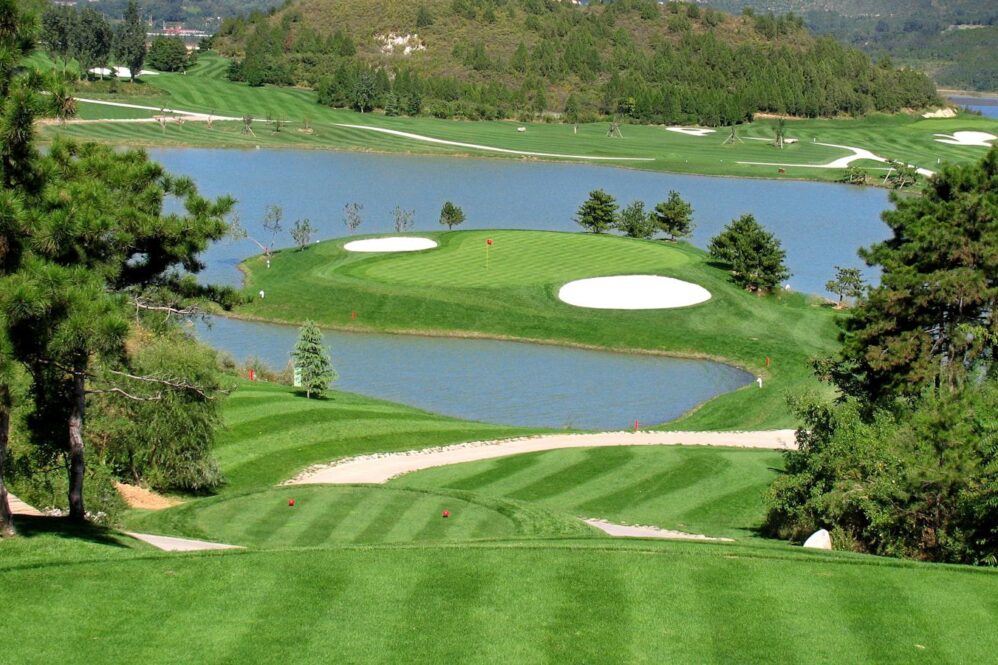
The Impact of Golf Courses on Environmental Sustainability
**The Environmental Impact of Golf Courses**
Golf courses have a significant environmental impact, both positive and negative. On the positive side, golf courses provide habitats for wildlife, reduce air pollution, and help to conserve water. On the negative side, golf courses can require large amounts of land, water, and fertilizer, and can contribute to soil erosion and pesticide pollution.
The environmental impact of golf courses is a complex issue with no easy answer. However, by carefully considering the environmental impacts of golf courses and taking steps to mitigate them, golf course designers and managers can help to reduce the environmental footprint of this popular sport.

